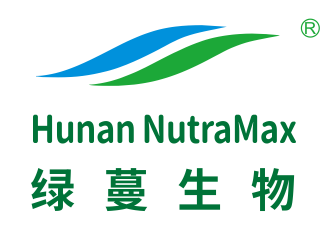Red Ginseng Extract
Tea Extract Our main business is BotanicalExtracts,specialized in manufacturing natural sweeteners which
Key words: green vine siraitia grosvenorii
Product Name: Red Ginseng Extract Botanical Name: Panax Ginseng C.A. Mey Specification: Ginsenoside 5%-80% HPLC/UV-VIS Appearance: Yellow brown powder to Light yellow powder Plant Part Used: Root Extract Method: Water/Grain alcohol CAS No: 11021-14-0 Molecular Formula: C53H90O22
Classification:
Products
Other Extracts
Annexes:
Describe
Product Name: Red Ginseng Extract
Botanical Name: Panax Ginseng C.A. Mey
Specification:
Ginsenoside 5%-80% HPLC/UV-VIS
Appearance: Yellow brown powder to Light yellow powder
Plant Part Used: Root
Extract Method: Water/Grain alcohol
CAS No: 11021-14-0
Molecular Formula: C53H90O22
Prev
Next
Prev
Next

